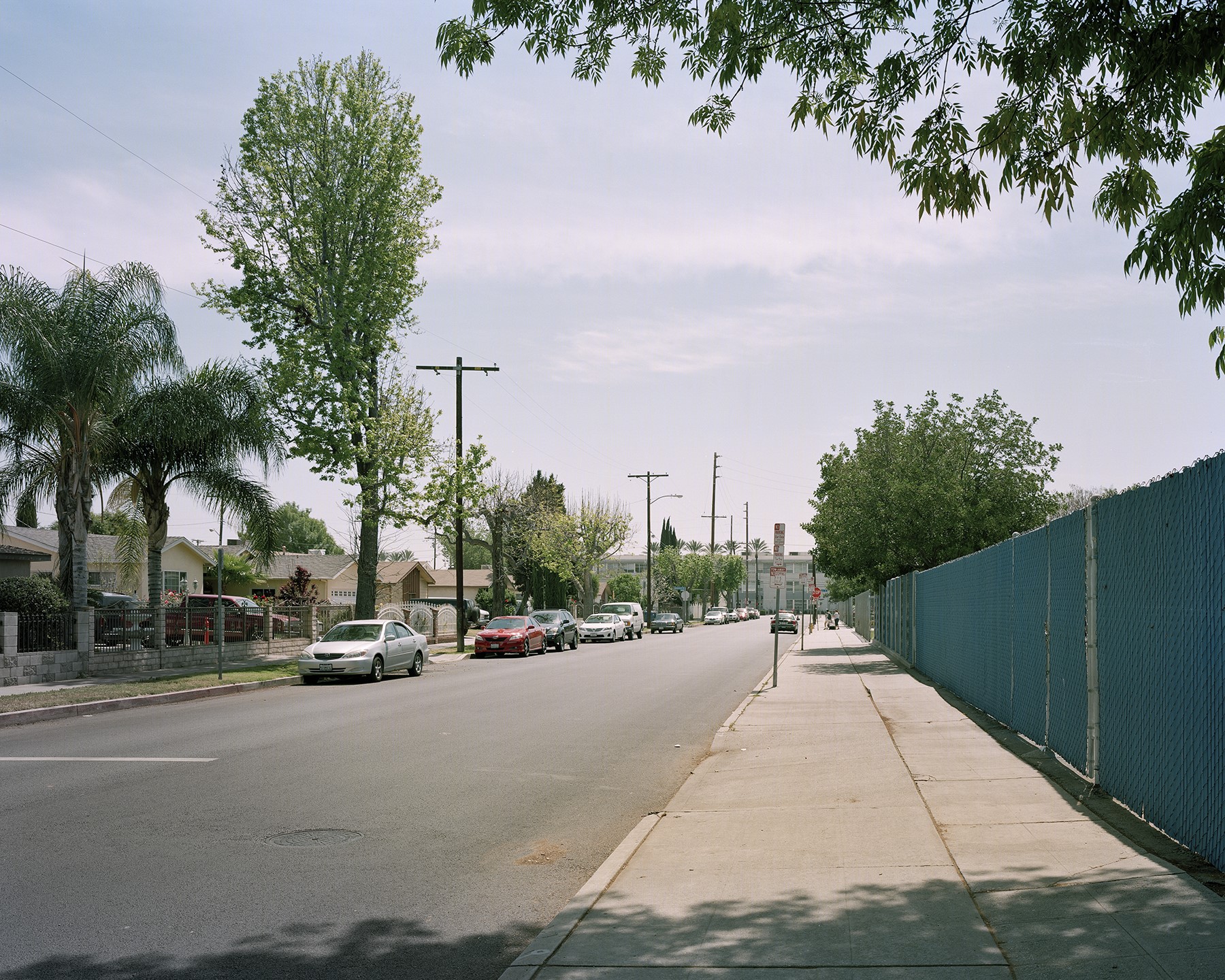Los Angeles, CA
Who pays for the public good? Renters, Latino families, and perceptions of unequal burdens
"Buying this land is going to be a nightmare. Imagine taking people's homes and businesses. We all need to steel ourselves. Get ready. It's going to be a roller-coaster ride. It's going to be the most difficult thing we do.”
—Jeff Horton, Los Angeles Unified School District School Board Member, speaking at meeting where a bond measure that ultimately led to the building of scores of schools was unveiled.[1]
Local government taking of land through its eminent domain powers has a particularly deep and emotional history in Los Angeles. In what became known as the “Battle of Chavez Ravine,” hundreds of homes in a large Mexican-American community two miles north of the center of the city were taken through eminent domain or sold by residents under the threat of an eminent domain “taking.” Ostensibly taken for the building of new public housing, the entire community was razed by the City of Los Angeles between 1952 and 1953. Political forces stopped the building of public housing and the razed community remained empty for much of the 1950s. In the late 1950s, a large portion of this cleared land was turned over to the Brooklyn Dodgers as the site for their new stadium.[2] Looking back at this experience 60 years later, one legal scholar says that it illustrates the “broken promises” and “lofty rhetoric” associated with eminent domain takings.[3] The promise of building modern high-rise buildings with affordable apartments was never realized for those displaced from Chavez Ravine.
Decades later in the late 1990s, an announcement by the Los Angeles United School District (LAUSD) that it was embarking on a major land acquisition and construction program set into motion a new round of concerns over the use of eminent domain to acquire land for new schools. Promises that sacrifices by some residents will produce improved schools and better educational environments were looked at with skepticism by some.
Between 1972 and 1999 only 24 new schools had opened in the nation’s second largest school district.[4] During the same time period the school-age population was increasing. Overcrowded schools were increasingly an issue in many parts of the city. The LAUSD had used busing to less crowded schools as a temporary fix. In other cases, to relieve the overcrowding the school district had modified school schedules, such as reducing the length of the school year and increasing summer use of schools.
In 1998, using a new matching formula of state and local funding,[5] the Los Angeles Unified School District (LAUSD) embarked on a multiple-year construction plan. Under this plan, 55 new schools were completed by 2006 with more planned.[6] Among these was the Maurice Sendak Elementary School that was completed and opened in 2005. It is located in the center of North Hollywood, a community with a median household income of $42,800 in 2008 (close to the city average) and a Latino population of 58 percent. It is described as a “moderately diverse” community in the Los Angeles Times “Mapping L.A.” profile.[7] In LAUSD’s planning of this new school, the initial site under consideration was a middle-income block with single-family homes. However, reacting to community resistance and protests, the School District ultimately selected a second nearby location.
Compared to the first block, this second and final choice resulted in the displacement of lower-income, predominantly Latino residents, who were renters in multi-family buildings. The characteristics of those displaced were the same as the population to be served by the new school. While the eminent domain displacement did produce upheaval among those 50 or so low-income Latino families, one could argue that in weighing costs versus benefits this eminent domain case, hundreds of low-income, Latino members of the surrounding community were the beneficiaries of the land takeover and building of the school.

© Richard Wasserman, 2013
Although the school was ultimately built and opened, the eminent domain process did set off protests by low-income community advocates who framed this as another example of more affluent communities getting their way to the detriment of low-income communities. Although it was not always publically stated, clearly the long history of eminent domain displacing Latino residents, dating back to the Chavez Ravine eminent domain taking, was also in the collective memory.
[1] Duke Helfand, “Plan to Build 51 Schools Unveiled” Los Angeles Times. May 5, 1998. http://articles.latimes.com/1998/may/05/local/me-46491. Accessed February 24, 2016.
[2] This was part of a land-trade, with the city taking a different nine-acre site in LA already owned by the Dodgers. Thomas S. Hines, "Field of Dreams History: The Battle of Chavez Ravine." Los Angeles Times, April 20, 1997; Matthew J. Parlow, Symposium, Unintended Consequences: Eminent Domain and Affordable Housing, 46 Santa Clara Law Rev. 841-865 (2006) http://digitalcommons.law.scu.edu/lawreview/vol46/iss4/5. Accessed February 21, 2016.
[3] Parlow, p. 842.
[4] Los Angeles Unified School District, Facilities Services Division. “Building the Learning Community” Powerpoint presentation. Circa 2006. http://ens.lacity.org/council/commission/lausd/presentations/lausdpresentations245037210_04202006.pdf. Accessed February 24, 2016.
[5] Initial discussion of a system-wide building program aimed at building new schools to augment the schooling options in the densest areas of the LAUSD region began when Republican Governor Pete Wilson proposed the first of several bond measures to begin providing billions of dollars dedicated to school construction, maintenance, and expansion. Dave Lesher, “Wilson to Seek Billions for School Construction” Los Angeles Times” Jan 5, 1998.
[6] LAUSD, Facilities Services Division.
[7] Los Angeles Times, “Mapping L.A.: North Hollywood” Website. N.D. http://maps.latimes.com/neighborhoods/neighborhood/north-hollywood/ Accessed February 27, 2016.

